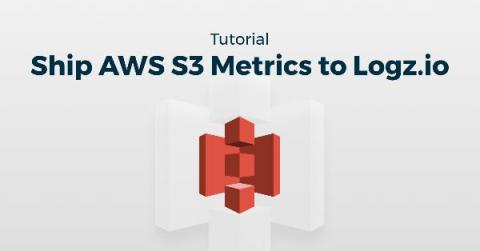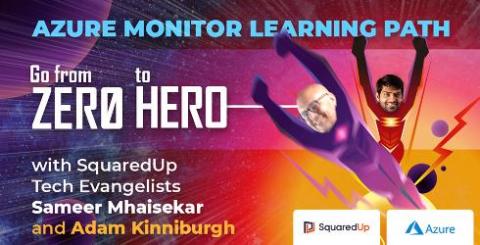Why remote workers need a dashboard
Over the last few days, most of us have been getting to grips with this new, albeit temporary, norm of remote working. At SquaredUp, we’ve always been able to work like this as all of the tools we use day-to-day are SaaS products or hosted in Azure, but while we’ve always had the right tools, we’ve never actually had to experience everyone being out of the office at the same time.











